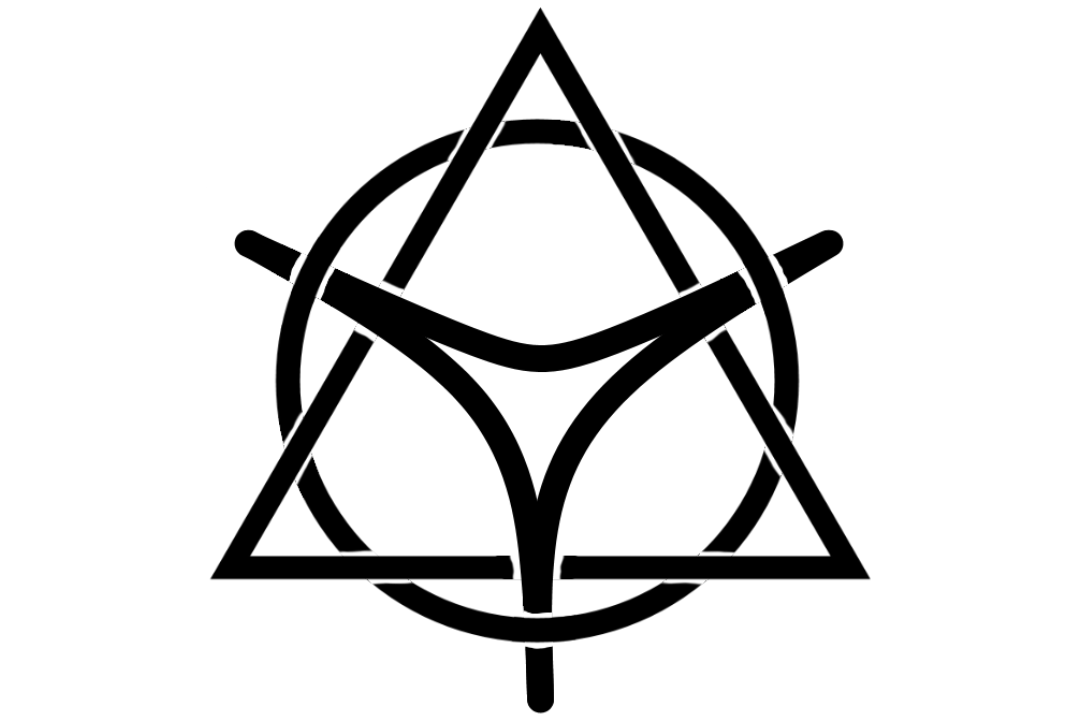
Updated Jan 2023
Winter for many plant lovers is a cursed time, as the living green fades to blankets of white snow. This is an analysis and reflection on how local birches make the landscape from dreary to dreamy. In this article, we will cover the issue with exotics, the beauty of locality, and what winter offers, and combine this with some principles and guidelines to change your winter wasteland into a wonderland with the aid of white-barked trees so let’s learn how white trees can add color to the snow.
If one lives in a tropical region, it is much easier to keep many plants alive, but this writer lives in South Dakota, a northern state of ‘Merica. It is normal to start snowing in late September and for the snow not to let up until early April. With 4.5-6 months of snow, a winter landscape is something that many have to stomach. Many exotic, subtropical, and tropical plants are sacrificed to the blizzards or carried into the home. In these moments, growing plants that can tolerate the local climate, predominantly native wild fauna, become a focal point in the landscape. Many plants are fantastical. Their novelty strikes people with wonder. However, local wildlife is … local, so even for those like plants, seeing the same plants every day, week, month, and decade can easily cause the wonder to fade. While a new plant lover can buy an exotic variety and attract attention by such means, it’s often the mark of an experienced gardener to make something familiar into something special.
If a South Dakotan asks what local trees could survive the winter, perhaps even make the landscape beautiful, the local, exotic answer is birch Betula —. Most trees are not grown, cultivated, and enjoyed for their bark but rather their leaves, flowers, and fruit, among other reasons. Nevertheless, it is the tree bark that we see out in our yards in the dead of winter. Many trees have brown bark and look dead and dormant, often reminding a gardener that this is not just winter but also a time not to garden outside. If a gardener is careful, one can ‘winter garden’ by growing plants that will remain even in winter and be appealing. While most trees look sad without their leaves, the whitebark of a birch tree is different. They are off-white and often come with many sub-colors, such as shiny silver, cool greys, warm greys, and rose pink blush; some even have faint yellow. Imagine a landscape during snowfall, where a moving clear white snowflake is a dominating color, but in the background has a pillar of white with warm grey and black markings, the contrast showcasing the beauty of what white can do. Imagine a backyard after freshly fallen snow, where the fragile snow crystals contrast with the sleeping birch’s sturdy frame, both white yet in possession of rich, subtle contrasting characteristics. A scene with birch and snow appeals to this author’s inner botanist and artist and could even relieve oneself of winter blues. Even small happy sights are things to appreciate when the doldrums weigh upon the heart.
While some people like the bare brown trees, the white of the birch has a broader appeal, others might pipe up with the answer of pines like conifers Pinophyta —? While western S.D. has many suitable conifers that pair well with a winter landscape, in eastern S.D., it’s grassland, where very few trees survive and thrive. This brings up the point that different environments can create different options even in the same state. This is why for this writer, Birch is not only chosen but focused. Specifically, Paper Birch Betula papyrifera, for various reasons. Its native, survives winter, and has low reflectivity. Some white-barked trees will reflect the sun’s light, and the reflected light can be blinding. Some trees are more reflective than others, and it would be uncomfortable if the sun, the snow, and the tree reflected light into the eyes, causing pain. Duller birches are softer on the eyes in this respect, such as paper birch.
So, let’s say one has a birch to plant in the yard. What would be the best way to plant the tree? It would be easy to say it depends on the yard, but there are some overarching principles. Birches grow vertically far more than horizontally, so avoid putting them under cliffs, ledges, or roof overhangs. They have relatively deep roots, so they can be quickly grown in lawns without roots covering the bottom or cracking pavement to be planted near houses, sidewalks, and fences. Avoid planting them in the middle of flatlands or the center of the yard. Instead, put them off-center, in corners. Unless if the tree is very developed, it usually will not look good as a lone focal point in the middle of winter. Smaller, younger plants are put off-center, away from the middle, and still look good even into their lifecycle. Planting in odd numbers helps create a natural feel, but those who want a manicured place grow them in even numbers. Some nurseries will offer a forest approach, where several trees are grown closer together to look like one large tree. This can be an excellent lone addition, especially if you want one tree to take up more room. Birches are often known as the ‘bones of the forest’ when a fire spreads because they are often the first trees to grow back, looking like bones. Take advantage of this by planting birches on the outer edges of pockets or tree clumps to simulate natural ecosystems. Avoid planting pockets of paper birch in the middle of tree clumps. Birches, even paper birches, do not take pruning well, so cut minimally. While most birch growers may disagree, planting these trees in partial shade or in a situation where the house or other buildings shade the bark even for part of the day is pretty nice to look at. Sunrise and sunset, twilight and early morning, these times of the day, birches often look good regardless of the season.
However, winter has a unique and special look to it. While the green of birches looks excellent, and their fall leaves are striking, it’s often in winter when the subtle and stalwart beauty is seen when contrasted with the brutal S.D. blizzard winds and the ever-falling snow shifting and moving across the ground. To see the white mass with its black marks stand ever strong against the winter it’s an exotic wonder that could only occur with a local tree. What can occur with yours?
For those that enjoyed this work, feel free to support this through MY SUBSCRIBESTAR so that I can release more content for everyone.
Harvard Formatted References:
Bacon, G., 2007. Celebrating birch: the lore, art and craft of an ancient tree. Fox Chapel Publishing.
Candeias, M., 2021. In Defense Of Plants. [online] In Defense of Plants. Available at: <https://www.indefenseofplants.com/> [Accessed 25 January 2021].
Leendertz, L., 2011. Twilight garden. Chicago, Ill.: Ball Publishing.
Little, E.L., 1980. The Audubon Society field guide to North American trees. Eastern Region. Western Region. The Audubon Society field guide to North American trees. Eastern Region. Western Region.




Well done! So interesting to read about how to turn something that’s very familiar into something that is really special! It was definitely appealing to read your ideas on how to go about it and the varying effects that could be accomplished. A wonderful job of description 🙂 Keep writing!